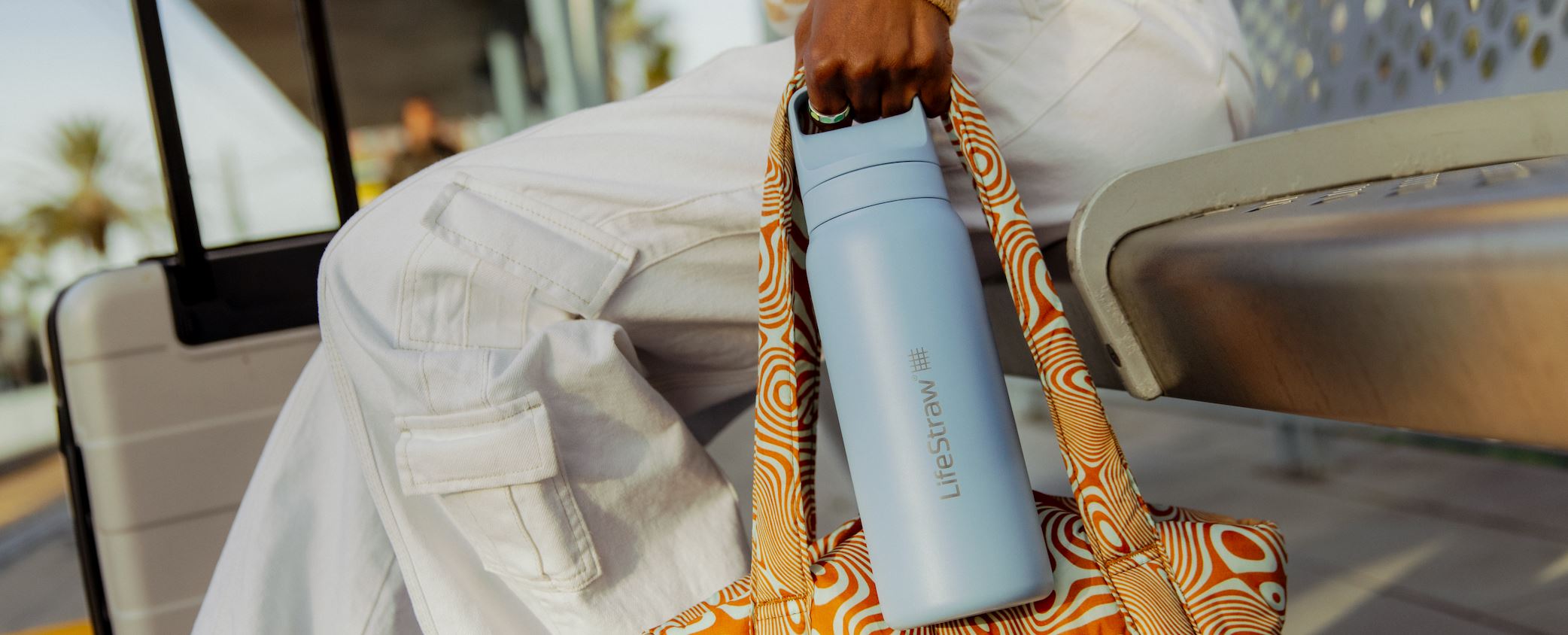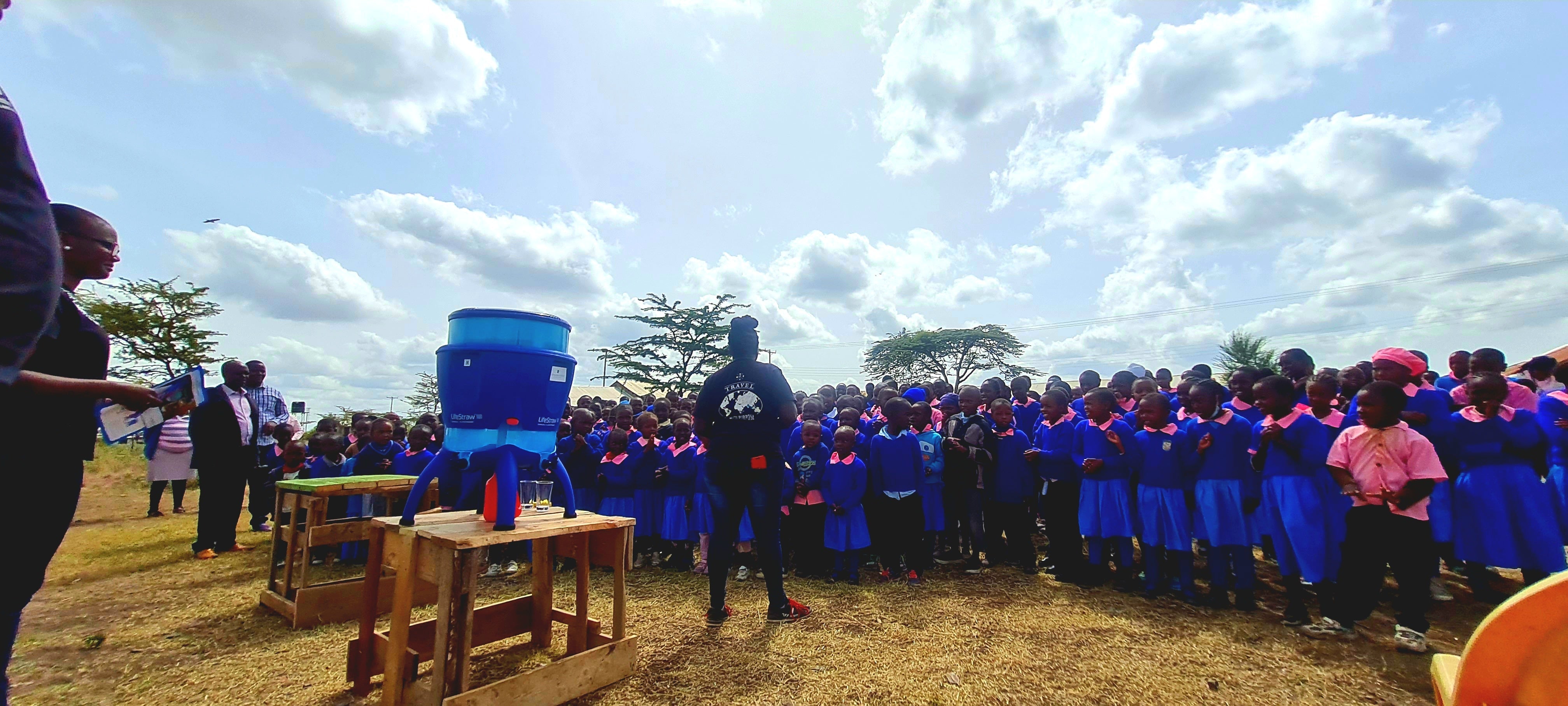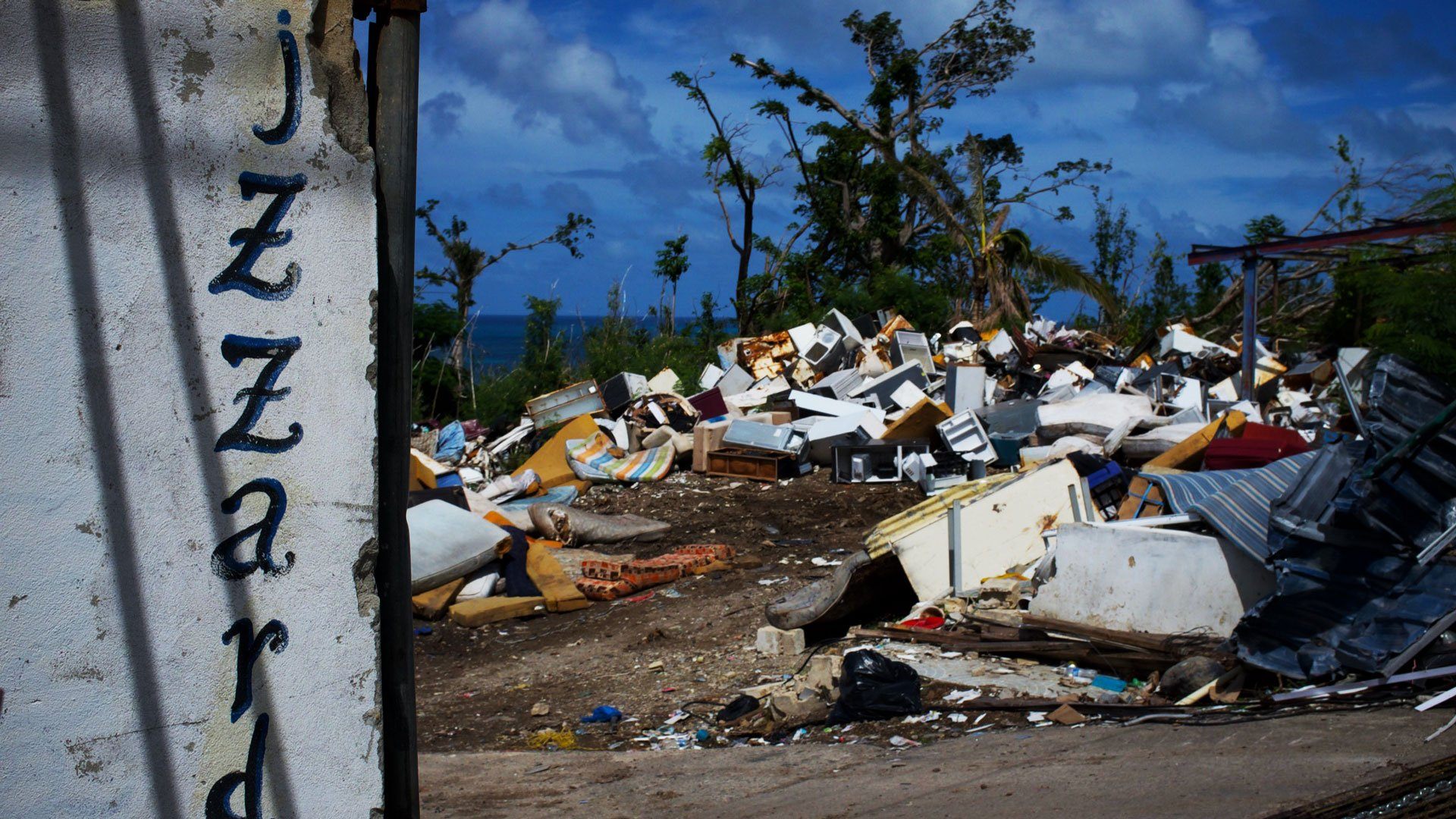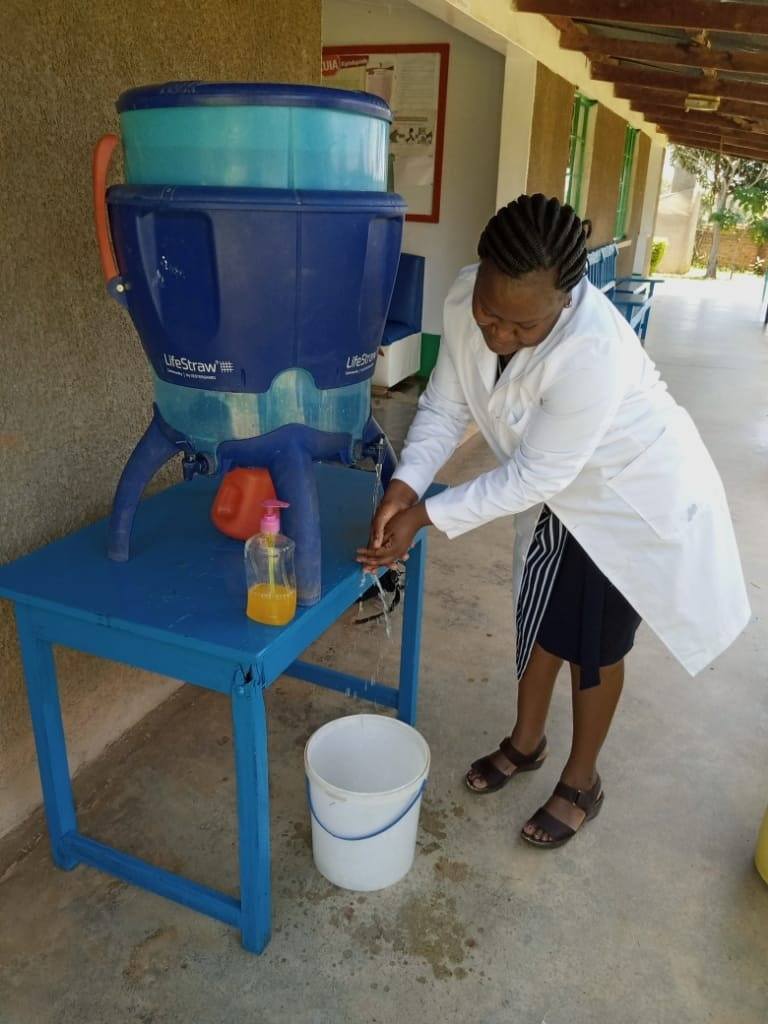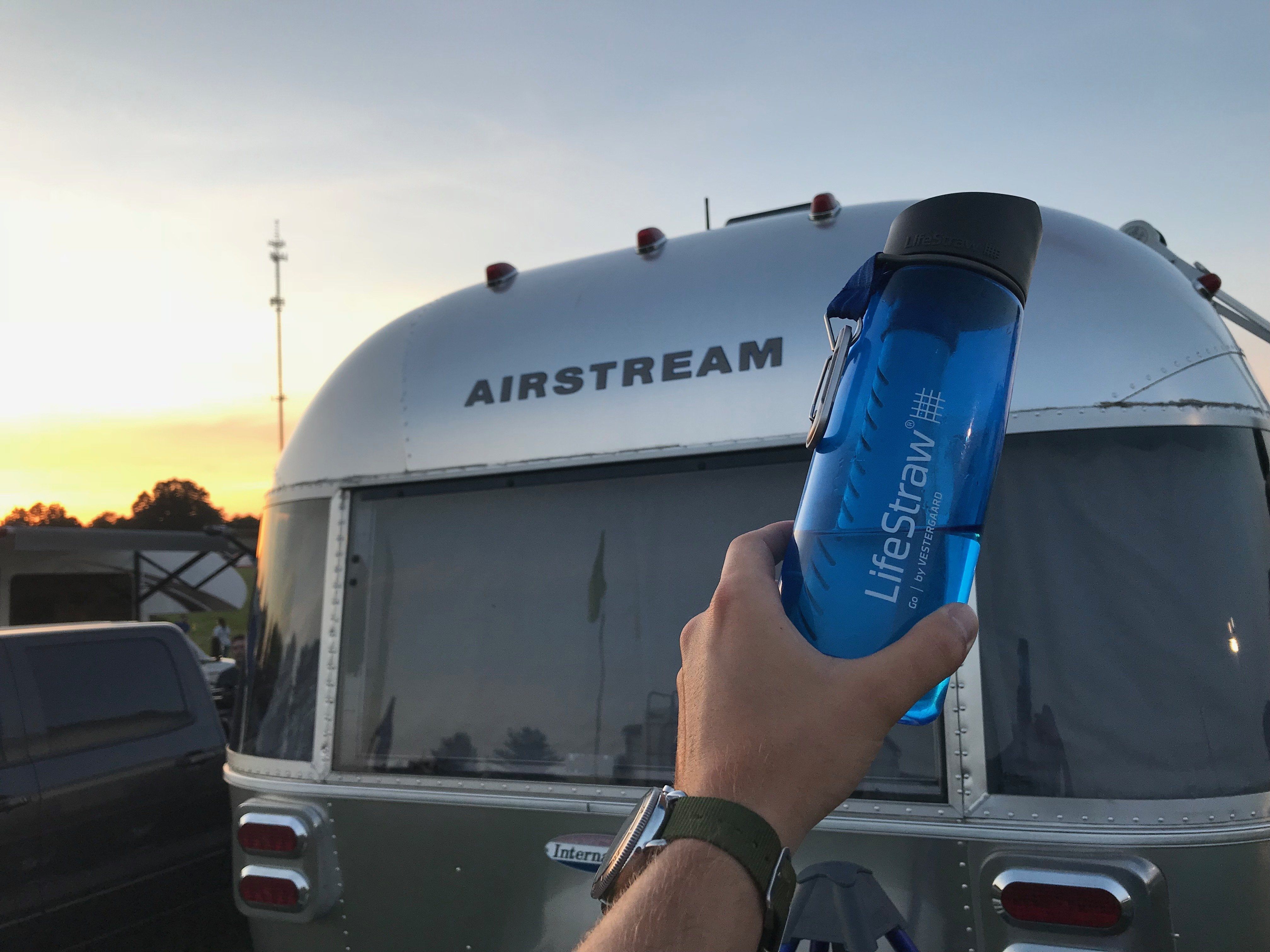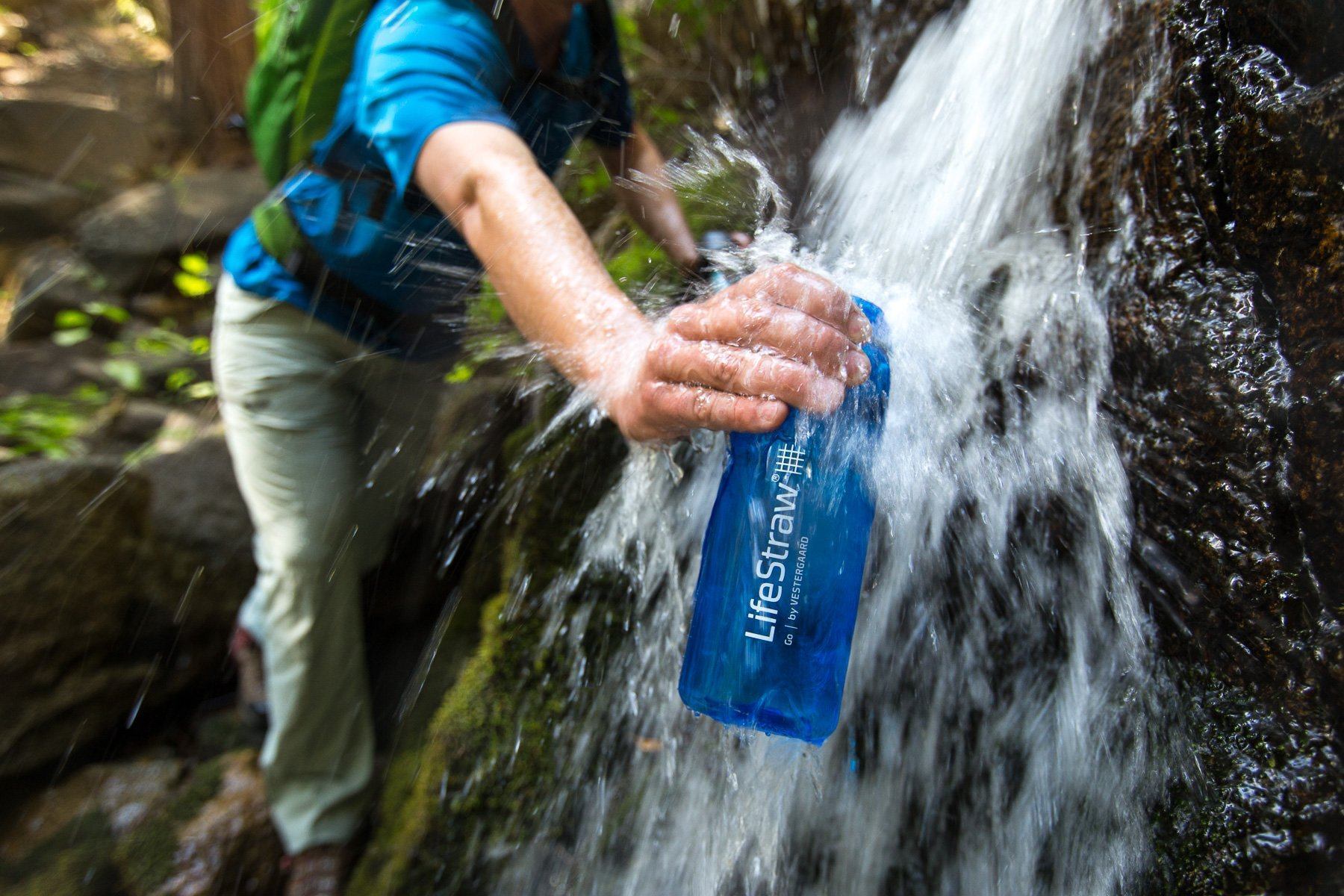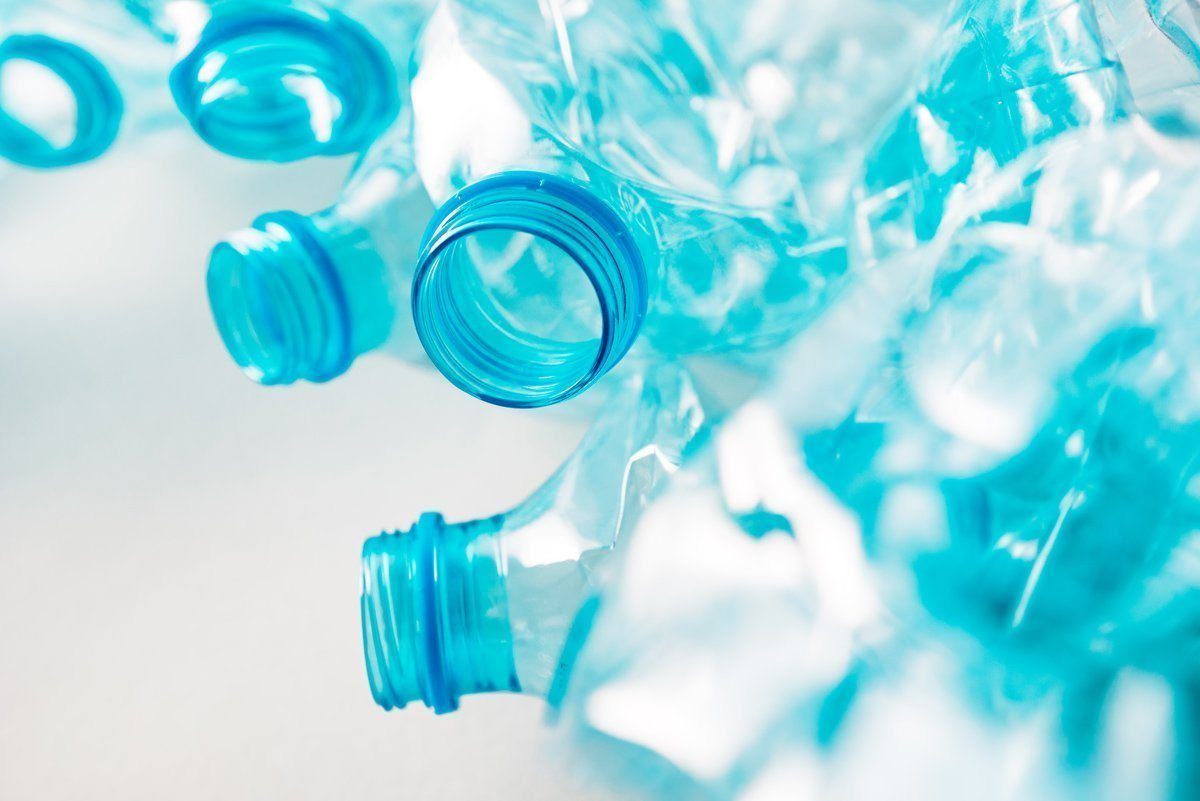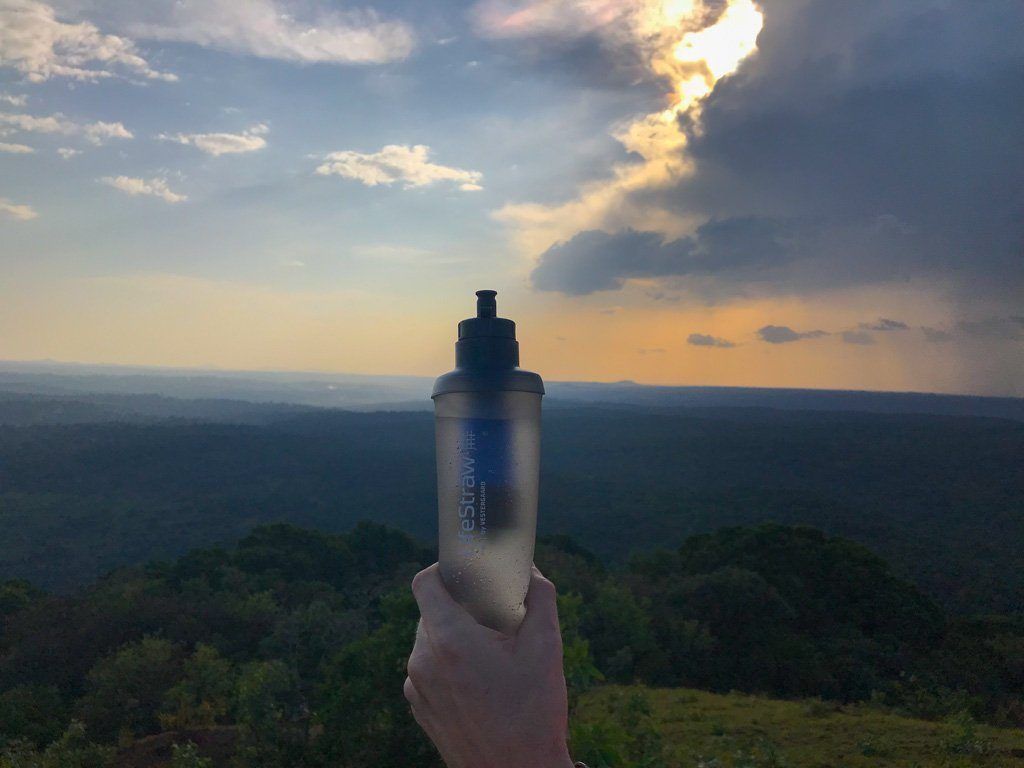
Filtering Microplastics and Nanoplastics from Drinking Water
May 01, 24
New technology allows scientists to detect nano and microplastics in water
The topic of microplastics and nanoplastics is prevalent now more than ever with the recent developments of technology that detected thousands of tiny bits of plastic in common single-use bottles of water. Recently, a team of researchers at Columbia University, developed a new stimulated Raman scattering (SRS) approach to detect micro-and nanoplastics (1).
The science behind this research is incredibly novel and would inherently be expensive to duplicate. Currently, no commercial drinking water testing exists for nanoplastics, but we can use the evidence established to draw some assumptions related to filtration performance.
Microplastics vs Nanoplastics
Microplastics and nanoplastics are both tiny pieces of plastic, but they differ in size.
Microplastics are tiny plastic particles generally ranging from 5 mm to 1 micron in size. They can be intentionally made for specific uses, like microbeads in cosmetics, or can result from when larger plastic items break down due to weathering, material breakage, or mechanical forces. Additionally, microplastics can originate from synthetic fibers shedding off textiles during washing and use.
In comparison, nanoplastics are even smaller than microplastics, measuring less than 0.1 μm (micrometer). Nanoplastics can originate from the degradation of larger plastics, as well as from the breakdown of microplastics themselves. They are at the nanoscale, which means they are smaller than what can be seen with a standard microscope and often require more advanced techniques to be observed.
Using the new SRS approach developed to detect micro- and nanoplastics, researchers determined that they could spot particles smaller than 1 μm (1).
Microplastics and Nanoplastics in drinking water
83 percent of tap water worldwide contains microplastics, according to an in-depth study by State University of New York at Fredonia. The United States has the highest presence: 94 percent of U.S. tap water is contaminated with microplastics (2). Microplastics have also found their way into bottled water: microplastics were found in 93 percent of 11 popular water bottle brands around the world (3).
Most recently, a research team led by Drs. Wei Min and Beizhan Yan of Columbia University and reported by the National Institute of Health used a novel technique to identify 240,000 tiny pieces of plastic in a 1L water bottle of which 90% were estimated to be nanoplastics. The depth and impact of nanoplastics in drinking water is still largely unknown.
How LifeStraw works to remove microplastics and nanoplastics
LifeStraw uses two different types of membrane filtration depending on the needs of the end user.
The first, most common filter used in LifeStraw products is a membrane microfilter capable of blocking particulates and pathogens larger than 0.2 microns in size (effectively removing microplastics based on size exclusion). In general, nanoplastics are too small to be blocked by this filtration pore size.
The second membrane type utilized in LifeStraw purifier products is an ultrafilter that can effectively block particles and pathogens down to sizes exceeding 0.02 microns. These ultrafilters are in principle, effective at blocking nanoplastic particles, but we should note that no commercially available testing method exists for efficacy in nanoplastics removal.
All of our filtration systems prove highly effective at blocking microplastics, typically measuring between 5mm and 1 micron in size. Through rigorous testing, we've confirmed that our filters block an impressive 99.999% of microplastic particles in water.
LifeStraw Home products have been officially certified by NSF international through independent lab testing for the reduction of microplastics under their “Nominal Particulate Reduction, Class I” category which tests for particulate reduction at certain sizes. This is one of the only countertop filters on the market that has received this level of certification officially for microplastic reduction by NSF.
Prior to NSF establishing a protocol, we also had our products independently tested by IAPMO, an ANSI accredited independent lab which showed 99.999% removal of both 3 micron and 1 micron microspheres. Our testing follows stringent guidelines. We aim to be transparent in the performance of our filters and publish results on our website for each product. Our evidence dossier for our Home products can be found here.
LifeStraw's Home Line of products are among the only household water filtration pitchers and dispensers with this membrane technology. In addition, LifeStraw's water filter bottles are among the only water filtration everyday bottles guaranteed to remove microplastics because of the inclusion of the membrane technology.
The following products are effective at removing microplastics:
- Original LifeStraw Personal Filter
- Home Pitcher
- Home Dispenser
- Peak Series Straw
- Peak Series Collapsible bottles
- Peak Series Gravity System in 3L
- Peak Series Gravity System in 8L
- Go Series Water Filter Bottles
- Flex Gravity Filter
The following products should block microplastics and also nanoplastics down to 0.02 microns:
We are committed to continued research and development, and will explore this topic in order to develop products that deliver safe water for all.









